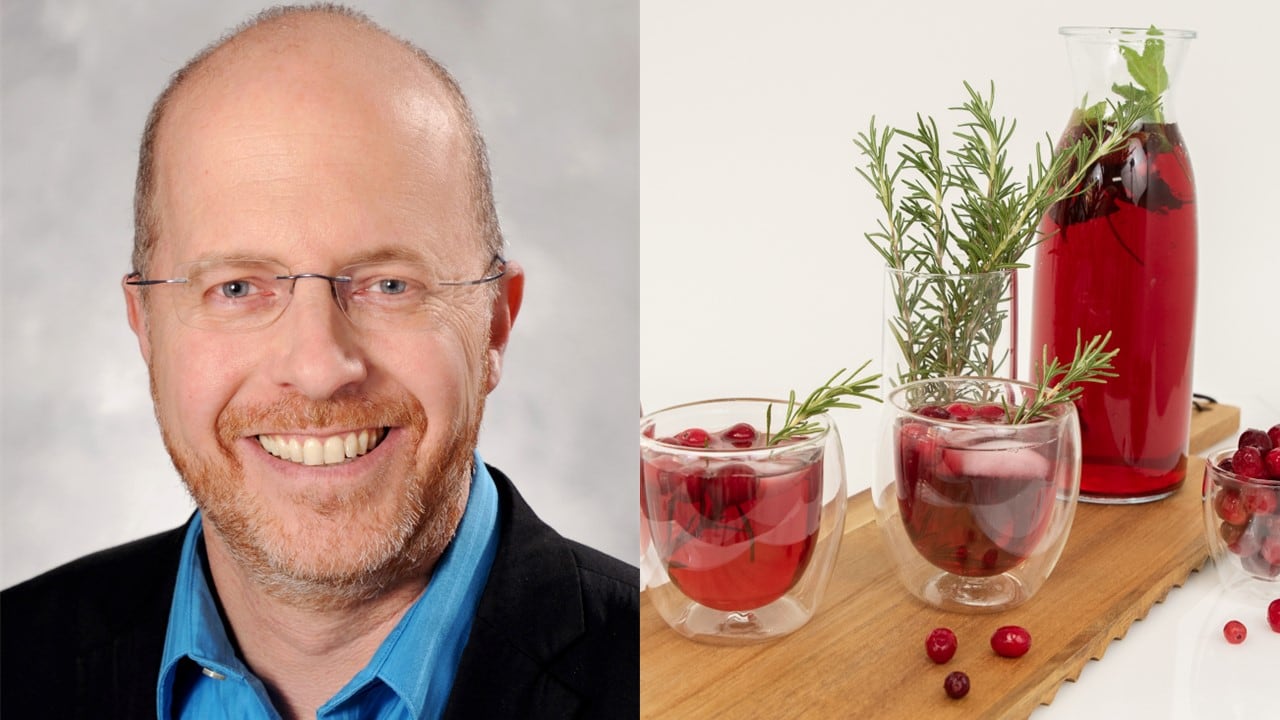KraftHeinz is probably best known for its namesake brands of Kraft mac & cheese and Heinz tomato ketchup. The company owns nearly 200 global brands across categories including condiments and sauces, cheese and dairy, meals, meats, refreshment beverages, coffee and other grocery products. As part of its ESG agenda, the group has committed to increasing the availability of healthy foods and to pursuing nutritional objectives establishing upper limits on calories, sodium, sugar and saturated fat.
“We are passionate about feeding the world, and we take that responsibility seriously. We want consumers to be able to put something on their plate that they feel good about, and that’s tasty and nutritious for their family to eat,” said John Topinka, Research Strategy Lead at Kraft Heinz. “To that end, we have set our own Environmental, Social and Governance goals to do the right thing for consumers and for the environment. One of those goals is to reduce the total sugar in our products by more than 60 million pounds by 2025.”
Innovation is a critical lever in KraftHeinz’s reformulation strategy as the company works to reduce the sugar content in its portfolio without compromising on taste. In a bid to uncover fresh sugar reduction tactics and technologies, the US-based food giant launched a partnership with Harvard’s Wyss Institute for Biologically Inspired Engineering, which uses biological design principles to develop new engineering innovation. “Together with Wyss Institute, we’re developing new approaches to help us meet this goal,” Topinka explained.
The problem: ‘Make sugar healthier’
Reducing sugar isn’t as simple as swapping sucrose for an alternative sweetener. Beyond providing sweetness, sugar performs a host of other functions within the food matrix: it caramelizes to produce the browning on baked goods; it helps thicken spreads like jam and preserves; it creates an acidic environment to reduce food spoilage; and it produces a satisfying mouthfeel. According to KraftHeinz, this creates a catch-22. While reducing the sugar content in foods can make them healthier it also creates the challenge of trying to find alternate ways to replicate all the other qualities sugar delivers.
Topinka and his team brought this conundrum to the Wyss Institute at Harvard University during a meeting in 2018. Could they create something that allowed the company to reduce the amount of sugar (specifically fructose) used in their foods without sacrificing sugar’s other beneficial properties?
Wyss Founding Director Dr Don Ingber responded to that question with another question… Was creating a substitute for sugar really the best approach? What if the company could continue to use sugar but somehow mitigate its negative effects on health?
A two-year ‘whirlwind’ of research activity followed at the Wyss Institute, funded by a sponsored research agreement with Kraft Heinz. The aim: to make sugar healthier.
“We thought we’d come to the Wyss with an impossible problem, and they turned it on its head to present an even crazier idea to solve it. We assembled a diverse team of some of the smartest people I’ve ever met to see if they could do it,” reflected Judith Moca, Head of Technology Discovery and Development at Kraft Heinz.
Microencapsulating enzymes to turn sugar into fibre in the gut
To tackle this challenge, the Wyss team marshalled researchers from across the labs of Core Faculty members Ingber, Jim Collins, David Walt, and Dave Weitz. After evaluating different potential avenues of research, the team settled on an approach based on naturally occurring enzymes that plants use to convert sugar into fibre. These enzymes could theoretically be added to foods without modifying their sugar content, with the objective of converting sugar into fibre once it reached the human gut.
Not only would this technique reduce the amount of sugar absorbed into the bloodstream, it would also produce gut-healthy prebiotic fibre.
But while the theory might be sound, the challenge was how to translate the concept into a workable solution that is appropriate for food manufacturing settings.
“Beyond just finding a solution that was technically sound, it was equally important to us that our solution would actually work in the real world of food manufacturing, because something that only works in lab conditions isn’t very useful,” said Dr Adama Sesay, a Senior Engineer at the Wyss Institute and a member of the team assembled to work on the project.
The Wyss team worked closely alongside KraftHeinz, with regular calls to discuss progress and challenges and establish priorities and next steps. A critical requirement for KraftHeinz was that the enzymes could be added to existing food products without the need to alter existing recipes.
An important unlock was the use of encapsulation methods that would ensure the enzymes would remain intact under food processing conditions, including increased temperatures. The team consulted with a gastroenterologist to determine how the enzyme would affect the human digestive system. After ‘months of experimentation’, they were able to engineer an enzyme product that would remain encapsulated until exposed to an increase in pH, such as that which occurs in the transition from the human stomach to the intestine, where it would activate and start converting sugar to fibre,
Members of Ingber’s lab are now working to test the enzyme product in mice so they can track its effects on dietary sugar in a living organism, with hopes to launch a start-up to offer the product for sale to food companies.
“We went into this project with a fully blank slate to see what was possible. Working with the Wyss Institute was a great experience, and we would love to find more opportunities for collaboration with innovative groups that have similarly great ideas about how to make food - and the world - healthier,” said Topinka.
“Projects like this are a large reason why the Wyss Institute was created: to take on real-world problems that are too thorny for companies to solve on their own, and create novel solutions that can have immediate, positive impact. Kraft Heinz has been a fantastic partner, and we’re always open to talking with other companies about how we can combine our strengths to make a difference in the world,” Ingber added.


